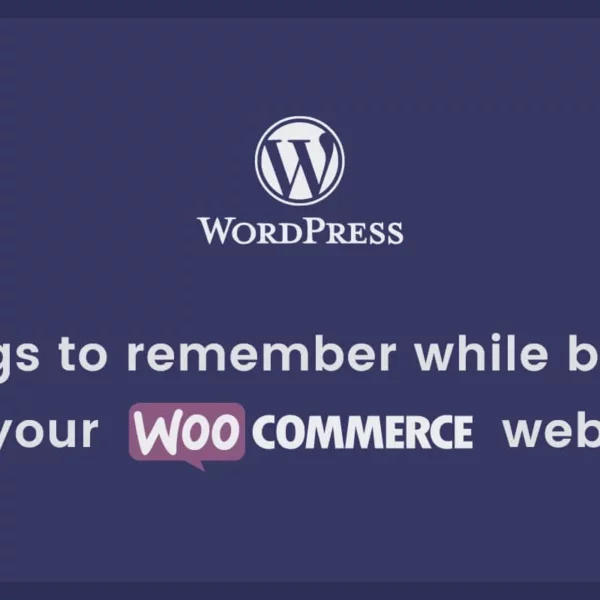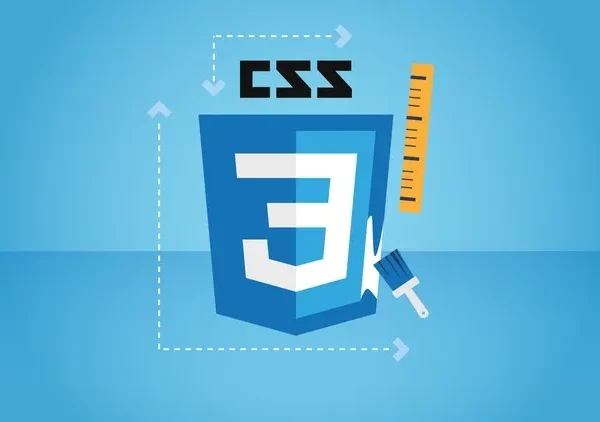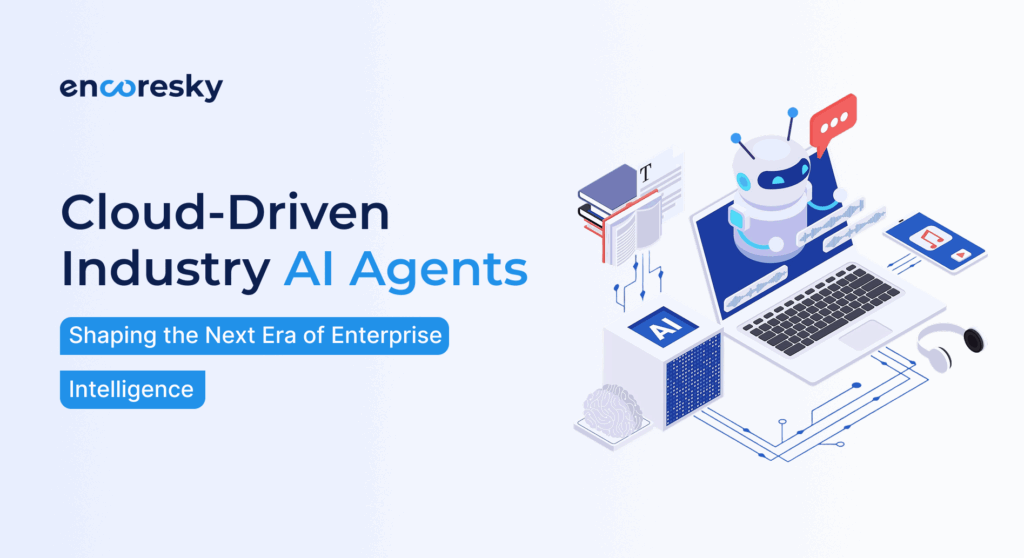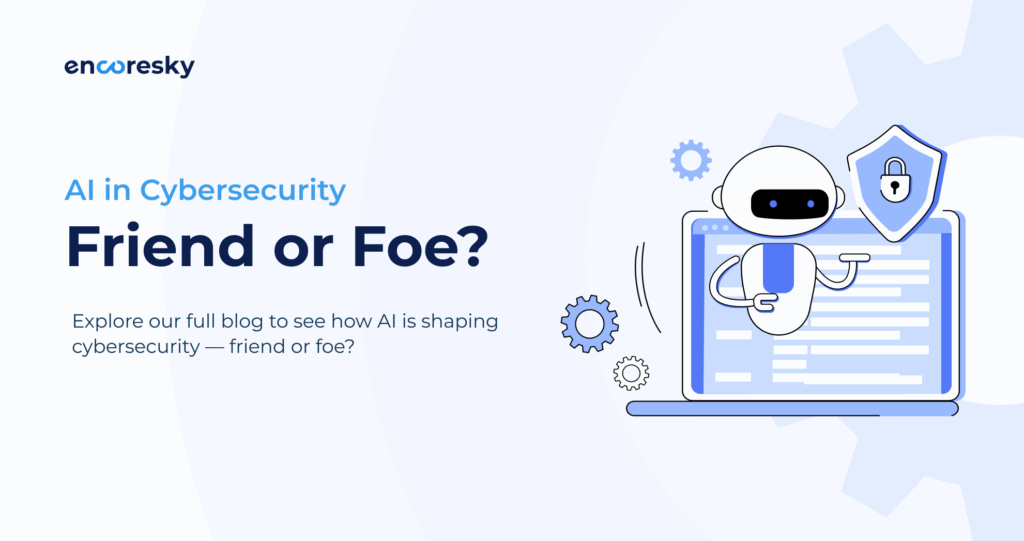Google intends to block third-party cookies in its Chrome browser by the end of 2023, putting an end to two decades of targeting-based marketing. While third-party cookies are being phased out, now is the time to prepare for marketers to be prepared for cookieless future. Let’s look at how we can plan our marketing strategies in a cookieless world and how this will affect the future.
What are Cookies?
Cookies are a piece of small code that helps a website to store your data like, your language preferences, age, product interest; this helps servers to understand what kind of content should be shown to you. Although cookies are safe and used to show you personalized advertisements, some cookies can be used to spy on you. So, to revive the users’ trust Google like other search engines like Firefox and Safari is planning to phase out the third-party cookies from its search browser.
What is First and Third Party Cookie?
First-Party Cookies?
First-party cookies are those used, stored, and owned by the website (or parent website) you have visited. It is used to display personalized content to you. For example, if you have an e-commerce site and leave an item in the cart without completing the purchasing process, the e-commerce site will begin showing you ads related to the product you have in the cart based on this data. And Google will not block these First-Party cookies.
Third-Party Cookies?
Third-party cookies, also known as tracking cookies or targeting cookies, differ from first-party cookies in that they store data and are owned by websites other than the one the user has visited. These cookies are used to target advertisements across websites. These cookies are placed on websites where users visit third-party websites. Google’s Chrome browser will gradually phase out third-party cookies.
What is First and Third Party Cookie?
Third-party cookies receive the same information as first-party cookies, and in some cases, more. These cookies do not track information in order to provide a better user experience, but rather serve advertisements.
Third-party cookies collect information such as age, gender, language preferences, and user behavior. The likes and dislikes of users are identified using this information, which aids in the improvement of digital marketing and appropriate targeting. Third-party cookies are collected via social media and advertisements.
So, how exactly do third-party cookies work?
Assume you went to eBay, looked for a product, got all the details, and then left the site. Then you visit a website that is completely different from the previous website and product, but with the help of third-party cookies, such as Google, eBay was able to show that product ad on the other websites. As a result, the sole purpose of third-party cookies is advertising.
Advertisers benefit as a result of it. They obtain more data than first-party data, easily advertisements, and these advertisements encourage the user to click on the ad.
How will the Cookieless world affect marketing?
First, we need to understand why all search engines are phasing out and blocking third-party cookies. There are various reasons, first and foremost is the awareness of privacy issues. Now people are getting aware that these cookies are using their information for advertisement purposes and sometimes the ads are not even relevant. As per reports, 87% of respondents say they believe data privacy is a right, not a privilege, and 91% of respondents are concerned about the amount of data companies can collect about them.
Another reason is more usage of mobile devices for search purposes. People now use mobile devices to browse through any website and it is quite difficult to track all the users through all the devices and as a result, advertisers do not get full details.
For starters, it changes the conditions of data management, making user consent and positive value exchange critical considerations for organizations. Then, it changes how brands interact with customers online, limiting some of the most common digital marketing tactics, such as retargeting. Finally, it alters how brands measure performance, making the conversion path hazier.
Now the effect of not having data through third-party cookies will be basically on advertisers who use the data to show personalized ads to the users. Now a big part of marketing will change that is called retargeting. Though Google and other search engine are not blocking all types of cookies third-party cookies are the major source of conversion for many companies. For other cookies, website owners have to take the consent from the users if they allow tracking their data.
“During a 2021 survey carried out among senior marketers from the United States, 51 percent of respondents stated that third-party cookies were very important for their current marketing strategy” As per Statista.
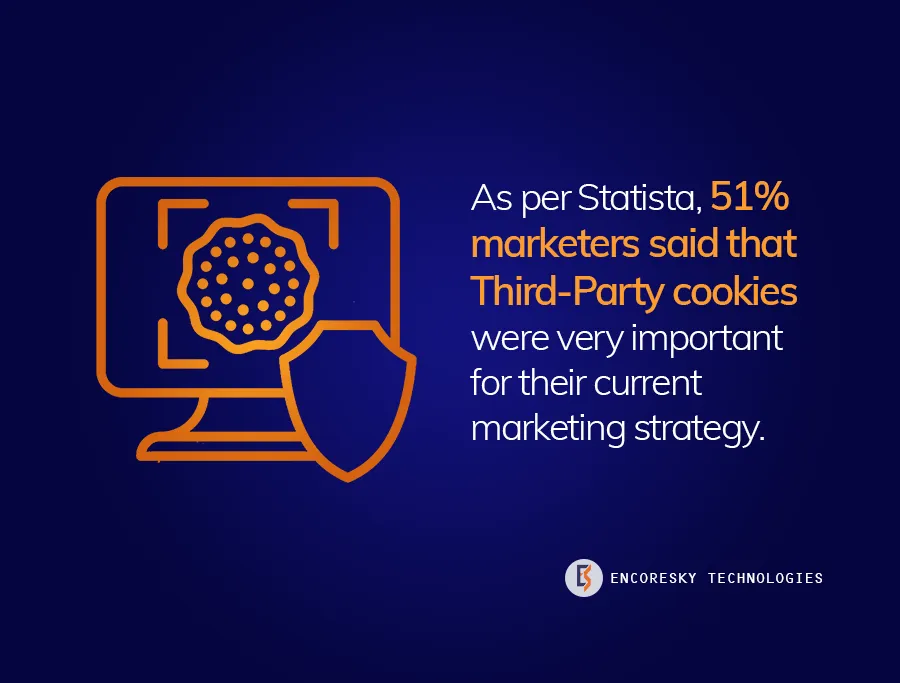
Now when time is gradually coming near the end of the third party cookies, it is high time to be prepared with our new marketing strategies. Somewhere it is also a medium of rebuilding the trust among the users as 67% of users have no idea that where their information is being used (As per reports). Here we can build trust among our users by taking their consent on first-party cookies so they know how we will use their data.
Marketing Strategies for Cookieless Future
With the third party ends many other options are open for the marketers:
- Contextual Marketing: To compensate for third-party cookies, contextual marketing will be used again in digital marketing. We determine the buyer persona and interests based on the available data and show them the ads at the appropriate time. Contextual marketing allows us to provide personalized and targeted advertisements to customers just before they make a purchase, increasing conversion rates. Advertising in “Metaverse” will also be a part of contextual marketing as all metaverse activities will be through user’s devices and the owner of metaverse platform will be able to have information about the same which can be used to show relevant and personalized advertisements to the users.
- First Party Cookies: First-party cookies will not be blocked by search browsers. As a result, advertisers can concentrate on novel ways to use First-Party Data for retargeting. It is best practice to obtain consent from users and inform them about how their information will be used. Unlike third-party cookies, first-party data is limited to your own business and can be used directly to build relationships through marketing strategies such as e-mail marketing and other platforms. When users see relevant information from the websites and brands they visited, it increases their faith, interest, and trust in the company.
- Push-Notification: Have you ever wondered why “Zomato” sends you an instant message on your mobile a few minutes after you checked out a restaurant and dishes, but did not order, or “OLA” when you haven’t used the OLA in a few days, or PayTm when it reminds you that your bill due date is approaching? These are all examples of push notifications. These push notifications capture users’ attention and increase their engagement with your app or website. Web notification, on the other hand, sends the notification to the user’s desktop. Yes, users consent to receive these notifications. Users can access the landing page or website via desktop notifications. For example, an e-magazine will send you a notification every time they release a new issue to your desktop, which will usually appear in the corner. As the user has given his consent to receive the notification, he is more likely to engage with the e-magazine after receiving the notification. In cookieless world where getting enough details about new users would be difficult, these push notifications will engage your existing users.
- Federated Learning of Cohorts (FLoC): Through FLoC now browsers will be able to advertise on the basis of the interest of people rather than on individuals. Presently, where companies target the individual their behavior instead they will target a group of people with similar interests. This will help to cover the third-party cooking while maintaining the privacy and search history of the user.
Updated: On 25 January, 2022 Google has announced that New Google TOPICS API will take place of FLoC which can secure user’s data more than FLoC.
Now the advertisements will be shown as below choices:
- First-party and contextual information (e.g., “put this ad on web pages about motorcycles”)
- General information about the interests of the person who is going to see the ad (e.g., “show this ad to Classical Music Lovers”)
- Specific previous actions the person has taken (e.g., “offer a discount on some shoes that you left in a shopping cart”)
(See details)
Now FLoC applies to the second option(as listed above).
All the marketers should leverage the above and other digital marketing methods and plan their marketing strategies to be prepared for the future of the cookieless world.
FAQs about Cookieless Future
What does the Cookieless future mean?
“Cookieless Future” is called a future where Google will no longer allow website owners to collect data of the users who are not the visitors of their own site. In simple terms, in cookieless world website owners can only get their own user’s data like their saved product in the cart, their username and password so they don’t have to login again and again.
How do you prepare for a Cookieless future?
Yes, cookieless future will change the way we market today, especially paid advertisement through Google ads and various Social media ads. In the Cookieless world, we need to focus more on First party data, so we can retain them as our customers and users. Push notifications and contextual marketing are other ways to target an audience.
Why are we going Cookieless?
The primary reason for a cookieless world is DATA PRIVACY. People are more concerned than ever about the privacy of their personal information, such as which websites they visit and which products they like and want to purchase. These third-party cookies are only used to advertise relevant ads to users, but they sometimes feel the ads are irrelevant, and using someone’s data to advertise through third-party vendors is where users are concerned.
What is the difference between 1st and 3rd party cookies?
The difference between first and third party cookies is that first party cookies track and collect data from their own website users, whereas third party cookies track and collect data from other websites. For example, if you go to a shopping website to look for shoes, two types of cookies will be tracking your data: the website itself to save your user id and password, the product you add to your cart, and the second will be third party cookies, websites which you have not visited. Third-party cookies are used by other websites to track your data so that other websites, similar to the one you visited, can show you similar ads.





